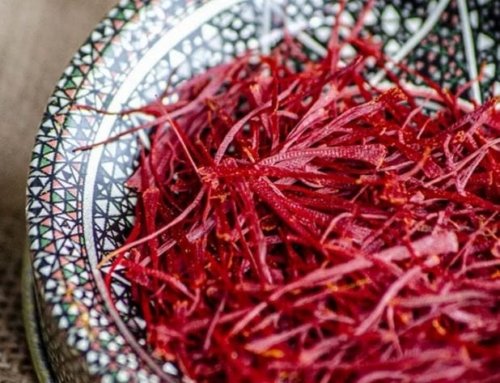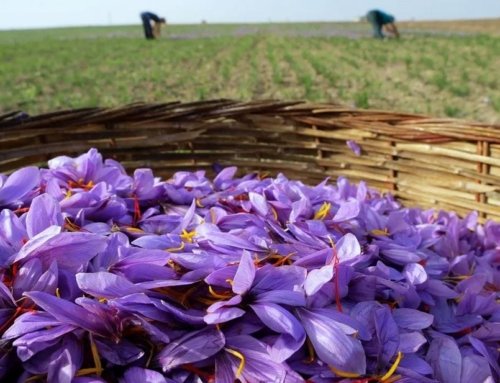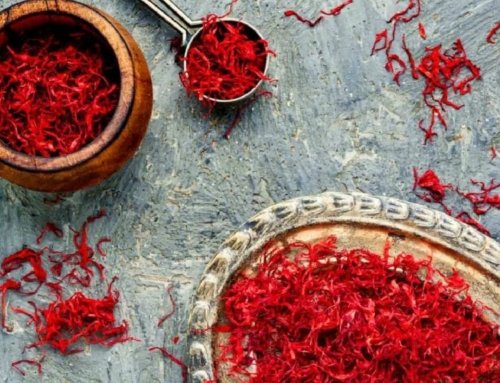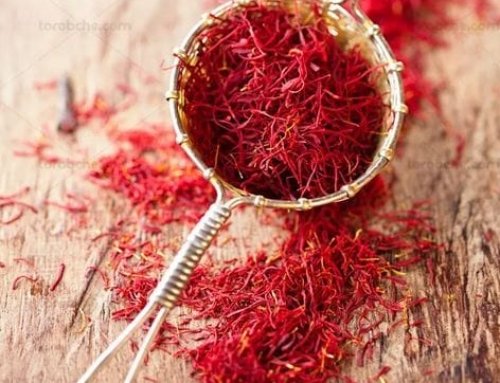 Key Factors Influencing Saffron Flowering: Part One
Key Factors Influencing Saffron Flowering: Part One
Saffron Flowering Improvement
In this article, we will explore various reasons behind the decline in saffron flowering. Early December, when flowering ends for the year, is the ideal time to evaluate performance and analyze outcomes. While many farmers are satisfied with abundant yields, others face disappointment due to lower-than-expected performance. After flowering, it’s crucial to identify the causes behind poor yields and use the remaining time to resolve these issues for the next season.
Evaluating Factors Affecting Saffron Flowering
Saffron Flowering Improvement
Unfortunately, most farmers attribute low flowering during harvest to poor-quality fertilizers or improper fertilization methods. However, multiple factors play a role in this issue. To understand why your saffron flowers are limited, let’s analyze these influencing factors in detail to identify the root cause of underperformance.
Size of Saffron Bulbs
For optimal flowering, each saffron bulb must weigh more than eight grams. Bulbs weighing less than eight grams focus on vegetative growth rather than flowering. This primarily relates to nutrition management, as improper fertilization results in smaller bulbs and decreased yields. However, in well-maintained fields with high summer moisture levels, bulbs weighing less than eight grams can still flower.
Bulb Quantity
Higher bulb density during planting leads to increased saffron flowering, especially during the initial years. For example, among two fields of the same age, the field with more bulbs will yield more flowers. Good nutrition promotes rapid bulb multiplication, and more bulbs lead to higher yields. However, excessive bulb density after several years can lead to competition for water and nutrients, ultimately reducing yields. Therefore, both too few and too many bulbs negatively impact saffron flowering.
Planting Depth
Saffron Flowering Improvement
The parent bulb that flowers this year decays by February, and daughter bulbs form above it each year, gradually moving closer to the soil surface. Over time, planting depth decreases—for instance, bulbs initially planted 25 cm deep may reach less than 20 cm depth after five years. Reduced planting depth exposes bulbs to environmental stressors like temperature fluctuations and moisture changes, reducing flowering potential. The optimal planting depth for saffron varies by soil type: 20–25 cm for sandy soils and 15–20 cm for clay soils. Planting outside this range reduces flowering and overall yield.
Bulb Health
Healthy bulbs are essential for productive saffron fields. Pests like mites and fungal infections are significant causes of reduced flowering. Regularly inspect bulbs from various parts of the field for signs of damage or disease and consult an agricultural specialist if issues arise.
Soil Type
During hot years, clay soils outperform sandy soils due to their higher moisture retention, which minimizes the negative effects of summer heat on bulbs, improving performance. Effective saffron management depends on soil type, as irrigation schedules and fertilization plans should align with soil characteristics. Ideally, saffron fields should feature balanced soil—neither too heavy and clay-like nor excessively sandy and loose.
End of Part One!







Get Social